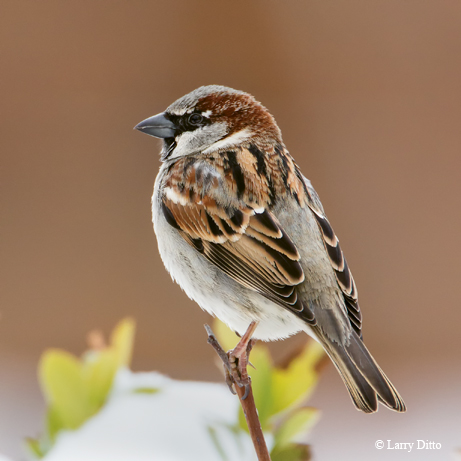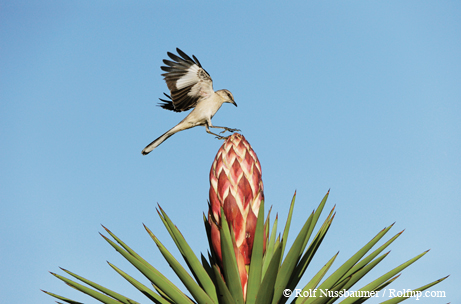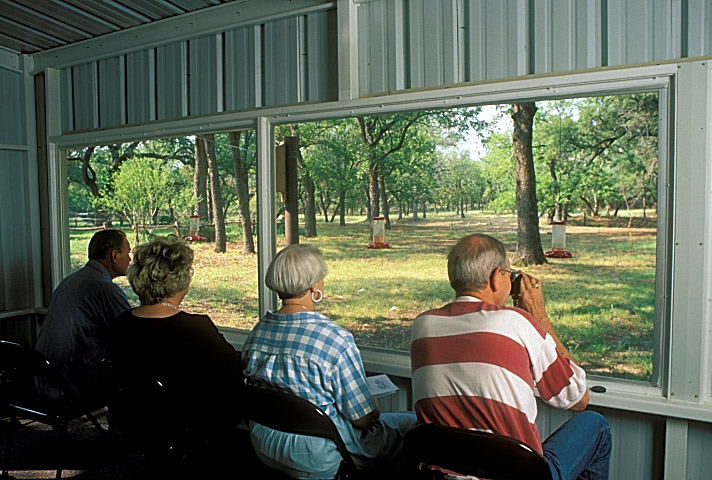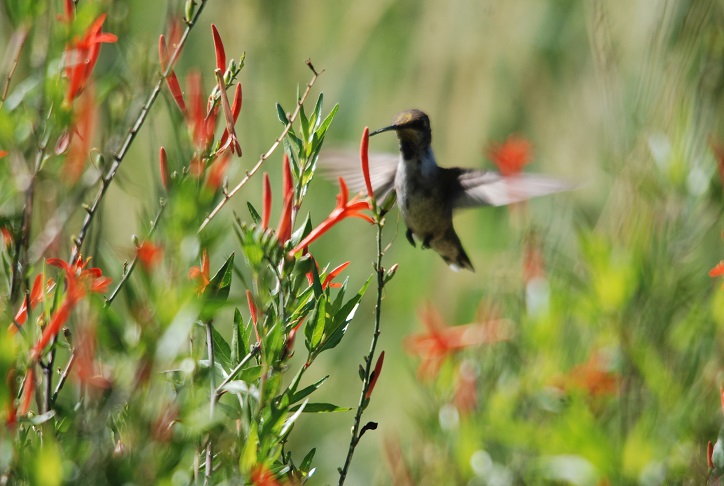TPW Magazine: 12 Birds Every Texan Should Know
Tuesday, August 26th, 2014This is Passport to Texas
Texas Parks and Wildlife non-game ornithologist, Cliff Shackelford, compiled a list of 12 bird species he thinks every Texan should know.
10— No two experts or seasoned veterans in this field are going to come up with the same 12 birds. I’m sure people are going to go: Why
didn’t he pick this? Why didn’t he pick that?” Well, it’s just personal preference.
In addition to personal preference, birds made the list based on questions he receives from the public about unfamiliar species they see.
22—Yeah. And then, the other thing I did is I thought about species that have statewide ranges that you could be in just about any corner of the state and see. Of course, some of these are wetland occurring, and if you’re out in the very dry parts of West Texas, you might not see them; but eventually you’re going to cross a creek or pond or something and potentially see a Killdeer or a Great Blue Heron.
Killdeer and Great Blue Heron are on the list of 12, which is in the August / September issue of Texas Parks and Wildlife magazine. The Northern Mockingbird, Red-tailed Hawk, Barn Swallow, Turkey Vulture, Cattle Egret and others also made the list — including the house sparrow, which is a non-native species.
10—And it’s not even a true sparrow –it’s a weaver finch—and it’s in a totally different part of your bird book; that’s why I put that one in there. It’s just so atypical for a sparrow.
Find the article Twelve Birds Every Texan Should Know by Cliff Shackelford in the August/September issue of Texas Parks and Wildlife magazine.
For Texas Parks and Wildlife, I’m Cecilia Nasti.






 Passport to Texas is a
Passport to Texas is a  Passport to Texas is made available by:
Passport to Texas is made available by: